SUMMARY
This is AI generated summarization, which may have errors. For context, always refer to the full article.
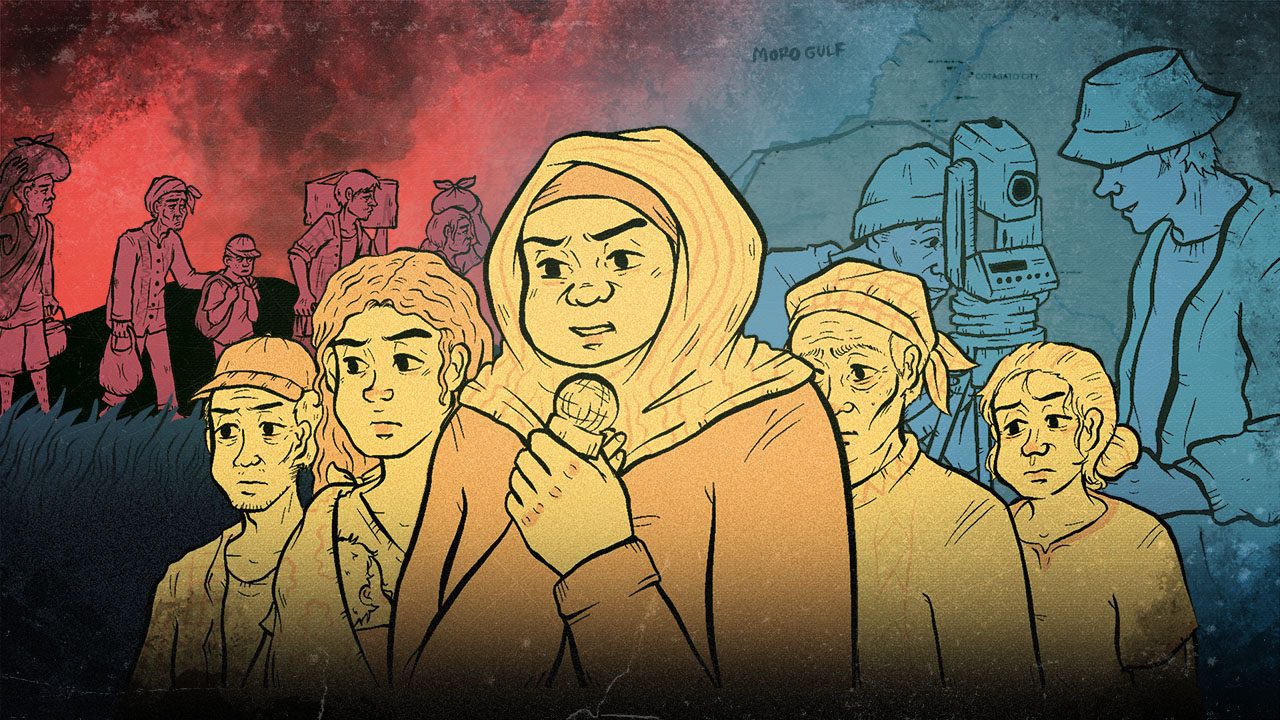
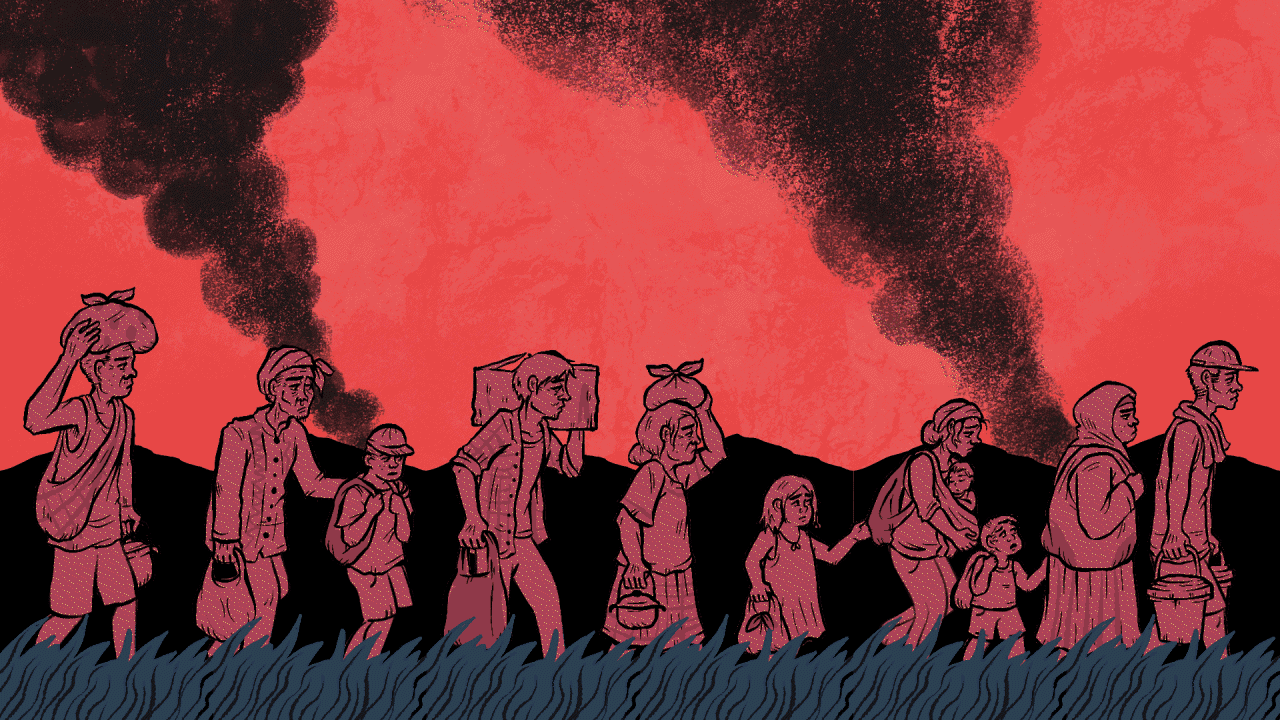
Last of 2 parts
READ: Part 1 | Disaster in Kusiong landslides: How politics killed non-Moro IPs
Editor’s note: At least 27 Tedurays died in the landslides at the foothills of Mt. Minandar, a resettlement area where locals were forced to relocate two years earlier, when Severe Tropical Storm Paeng struck the Philippines in late October 2022. This investigative series traces the environmental and political factors that created the disaster, and why the indigenous community remains homeless a year after the tragedy.
This reporting project was supported by the International Women’s Media Foundation’s Howard G. Buffett Fund for Women Journalists
MAGUINDANAO DEL NORTE, Philippines – It was a Tuesday at dusk. Jocelyn Palao, a Teduray and a passionate advocate of Indigenous Peoples (IP) rights, was near her residential village in Cotabato City when several gunshots were fired first at her vehicle, and then at her.
Palao was targeted by two unknown assailants who followed her on her way home. Using a .45 caliber pistol, they killed her on the spot, but left two of her companions unharmed during the attack.
Palao was also the chief of the Bangsamoro Autonomous Region of Muslim Mindanao (BARMM) Ministry of Indigenous Peoples Affairs’ (MIPA) Ancestral Domain Division.
At the time of her murder, she had participated in discussions about the Kusiong community’s forcible transfer to the foothills of Mt. Minandar in Datu Odin Sinsuat (DOS) in Maguindanao del Norte province.
This resettlement controversy eventually led to the deaths of 27 Tedurays after multiple landslides occurred, when Severe Tropical Storm Paeng (Nalgae) hit the region. It became the heated subject of a planned Senate inquiry in November 2022, just several weeks into the disaster’s aftermath.

But the motive for Palao’s murder has not yet been determined. There have been no updates on the investigation since she was killed on December 20, 2022.
Still, her death is one of the many glaring reminders of the bloody costs of fighting for indigenous and land rights in the Philippines, especially in the BARMM where Tedurays have been trying to call attention to their plight for over two decades now.
Without the state’s recognition of their tribal lands, the Tedurays have constantly been killed or displaced, searching for temporary homes in the face of conflict and disasters.
A house without a home
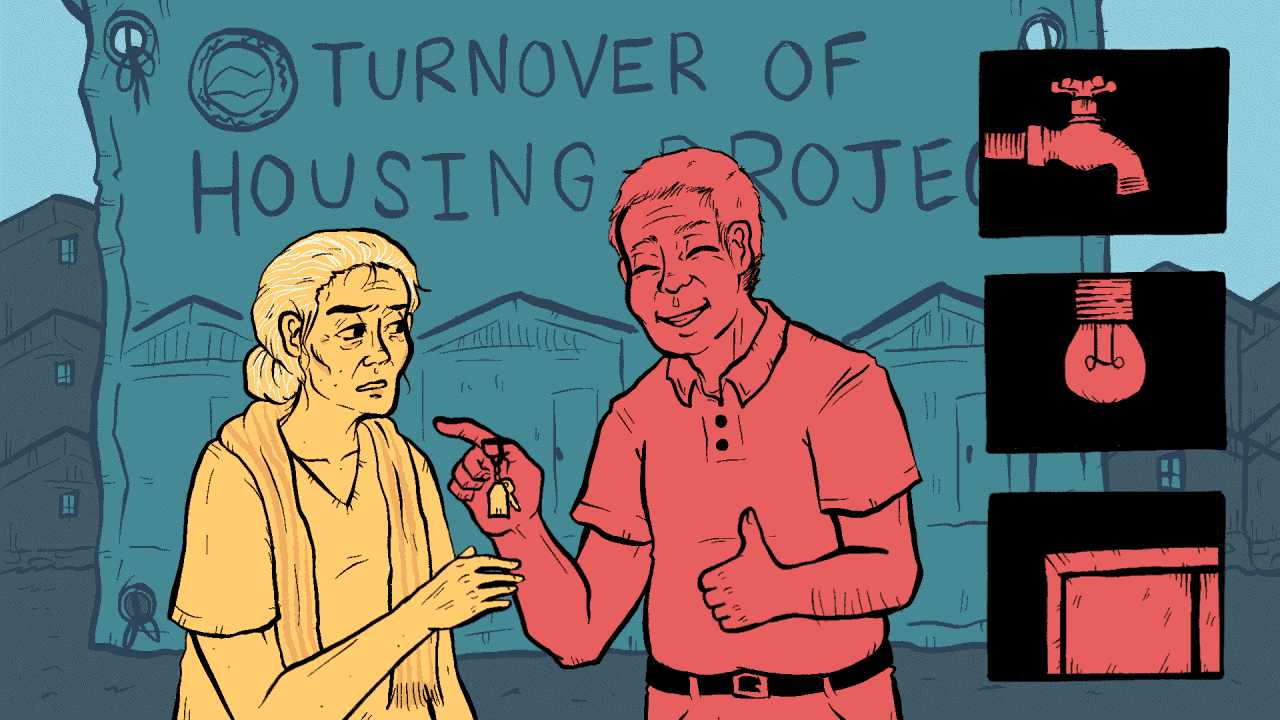
Several months after Palao’s death, DOS Mayor Datu Lester Sinsuat stood with survivors for photos as he awarded them 25 housing units last July 13, 2023. But post-ceremony, the beneficiaries still did not move into their houses, and majority still haven’t, according to Abi*.
Small, worn-out, and substandard, these shelters didn’t have water and electricity, she said. Because the houses were built on a flood-prone area, locals feared that another calamity like the Mt. Minandar landslides in October 2022 could hit them again.
One-size keys allowed beneficiaries to easily open each other’s houses, a source who did post-disaster assessments in Kusiong disclosed. And because no house awards or titles were handed during the turnover or even after, many locals worried they could again be forced to leave later.
“Isa lang naman ang gusto namin – na may maayos kami na mauuwiang bahay, ‘yung hindi na kami paaalisin sa lupa na pagtitirikan namin,” Abi said. “Ang gusto namin, may katibayan [na] amin na talaga ‘yung lupa.”
(We only want a good quality house we can go home to, where we would no longer be forced to leave the land we would settle in. We want proof that the land is really ours.)
Abi, together with around 300 Teduray and Moro (Muslim) families, was forced to vacate Kusiong’s shoreline in December 2020. Without a legal claim to their tribal lands, the community was displaced from their homes and their jobs along the coast, giving way to private resorts, one of them owned by a Sinsuat kin.
But these land issues in Kusiong go way back, said Romeo Saliga, a former representative of the Non-Moro Indigenous Peoples (NMIP) at the Bangsamoro parliament. Since 1998, the community has been writing to the government to recognize and protect their ancestral domains (AD).
Based on documents obtained by Rappler, the Kusiong community sent at least eight letters of appeal to various local, regional, and national government offices. These spanned 24 years starting October 1998, when a first endorsement for a shore lease application was sent by Barangay Kusiong residents to the barangay local government.
Several letters later in December 2020 saw one addressed to then-vice governor Datu Lester Sinsuat expressing the community’s wishes related to relocation. The letters were all received without any sense of urgency and action.
Sent two years later also in December, the last letter addressed to Senator Robin Padilla raised disaster and ancestral domain issues in Kusiong. This was after he pushed for a Senate inquiry into the Teduray deaths caused by the Mt. Minandar landslides.

Members of the Timuay Justice and Governance (TJG), an indigenous political structure of the Teduray and Lambangian, flew to Manila in early December 2022 in hopes of attending a public hearing on the issue.
Upon landing at the airport, however, the council received a text message that the Senate probe would be postponed. It still hasn’t been pursued to date.
Longing for peace
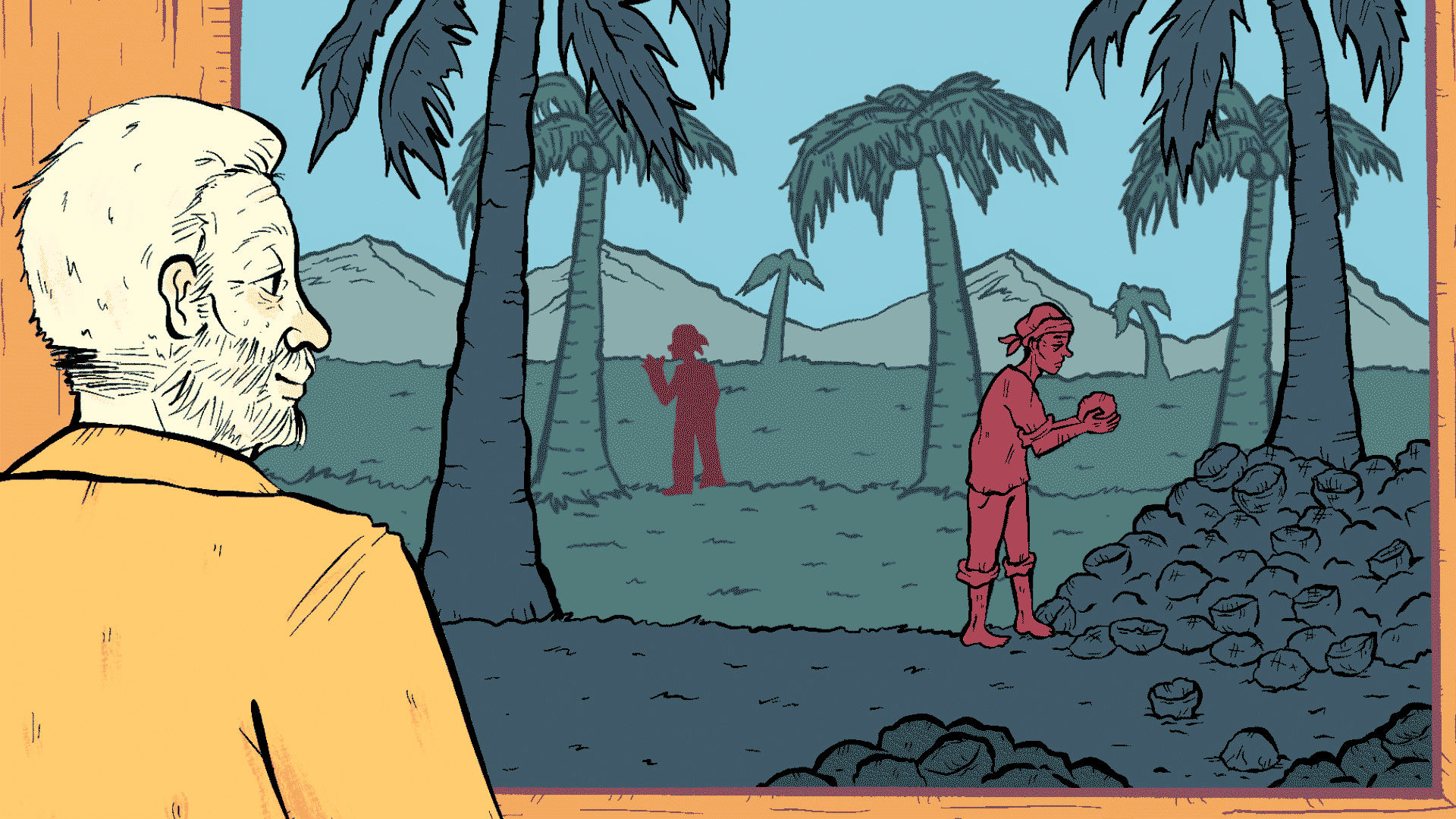
Even before the Spaniards arrived in their village in 1901, the Tedurays already lived in Kusiong, according to Pat*. But their ancestors were tricked into toiling for agricultural projects such as planting coconuts and cacao for the benefit of the colonizers.
“Our ancestors didn’t realize that the Spaniards were already gradually titling tribal lands,” Pat said in Filipino. He added that they believe land cannot be owned and measured, and that it is sacred. Land, he said, is God’s creation and a source for living intended to be shared by all people.
“The concept of titling lands for ownership didn’t exist in our ancestors’ minds,” he added.
Today, many of these titled lands across the Bangsamoro region are owned by Maguindanaon Moros and Christian settlers, according to peacebuilding organization International Alert Philippines, while the NMIP like the Tedurays, are perennially displaced mainly due to wars and land conflicts.

A Teduray and land defender herself, Pang* argued that since NMIP communities live in core areas affected by armed conflict, they should be included in the peace talks being prioritized by the BARMM and the national government.
The BARMM was formally established in 2019 after nearly two decades of peace talks and the signing of a 2014 peace agreement between the Philippine government and the secessionist Moro Islamic Liberation Front. The creation of this political entity sought to end nearly 50 years of armed conflict within the region that has long suffered from state-sanctioned atrocities, warring factions, and social neglect, among others.
“Ang nag-uusap lang [tungkol sa peace process], ‘yung may [mga] armas,” Pang lamented. “Hinahabol [namin] si kapayapaan. Kailan kami papansinin? Kailan kami isasali?” (Only those with weapons are involved in the peace talks. We are longing for peace. When will they notice us? When will they include us?)
Pang also lost her relatives to the Mt. Minandar landslides.
For her, these deaths and the constant displacement of her fellow Tedurays could only be resolved if the government awards and recognizes their AD claims.
Defending ancestral lands

Kusiong is only one of the 91 barangays across the Maguindanao and Sultan Kudarat provinces that is part of the Teduray-Lambangian Ancestral Domain Claim (TLADC). This covers a total of 208,258.58 hectares of ancestral land and waters based on the TLADC map shared with Rappler. The Lambangians are a mix of the neighboring tribe Manobo Dulangan and Teduray.
[Editor’s Note: An earlier version of this story said “about 85% of the Maguindanao province is Teduray-Lambangian ancestral lands based on assessments.” While this is data from the National Commission of Indigenous Peoples (NCIP), actual accounting of the actual extent of the claim is still ongoing. The figure may not be altogether accurate. We are deleting it for now.]
Since the communities comprehensively mapped their tribal lands and used old, traditional place names in their native language, the source argued that it is enough evidence to establish that the Teduray-Lambangian have lived in these sites for a long time already. But over the years, politicians have dominated these places and changed their names, slowly diminishing their original existence.
Datu Odin Sinsuat, where Kusiong is situated, was formerly called Dinaig. This municipality’s name was changed in October 1994 via Muslim Mindanao Authority Act No. 29, which renamed the place after Datu Lester’s grandfather.
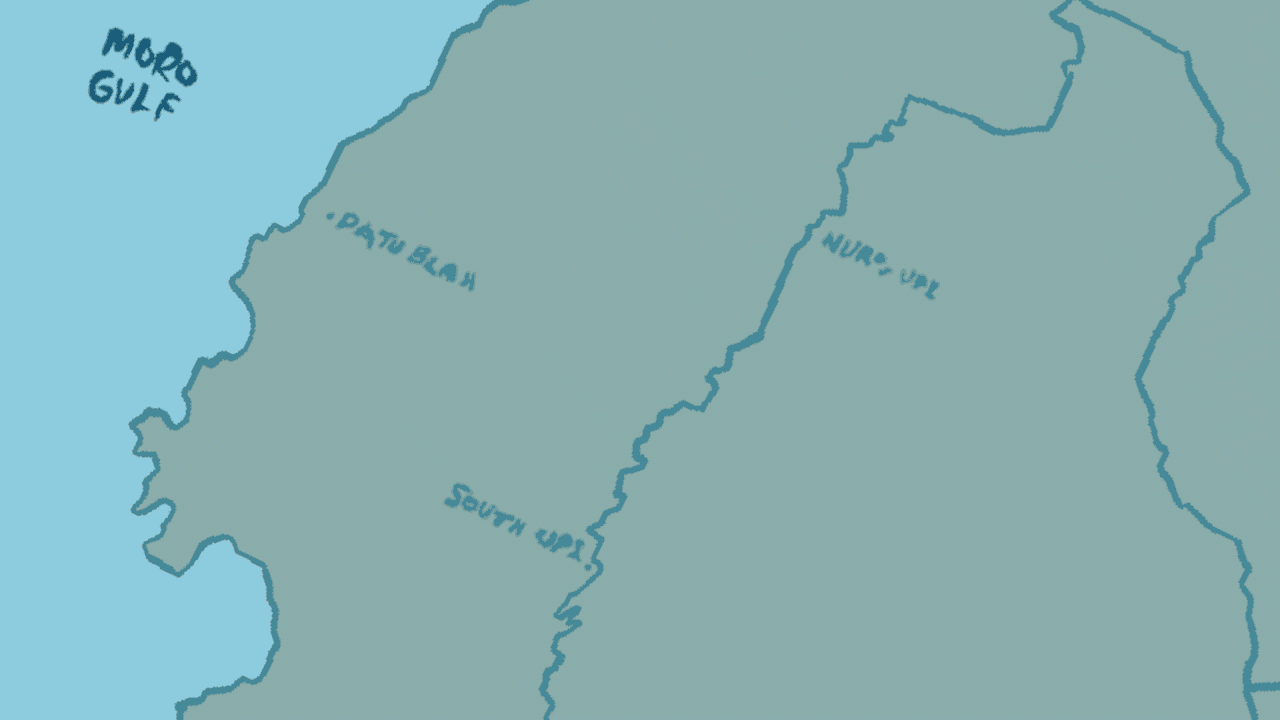
“[The] point [of a map] is to advocate and share [to] the world where you are and your relationship to the place,” the source stressed. “If you’re not on the map, you don’t exist. You get erased from policymaking, popular culture, almost everything.”
Being indigenous and fighting for ancestral lands, however, comes with a heavy price.
The TJG disclosed to Rappler that 55 Teduray-Lambangian community leaders and members have been killed in the Bangsamoro region since 2018 based on their independent documentation. On average, one NMIP died almost monthly in the last five years.
Pang recalled that Palao’s brutal killing also had a chilling effect and gradually silenced most community leaders in Kusiong. One by one, the locals refused to speak up for fear of retaliation, leaving the issues unearthed by the Mt. Minandar landslides neglected.
“Kahit tatahimik ka [o] magsasalita ka, ganun pa rin (papatayin ka). [Kaya] mas pipiliin [kong] ipalabas ‘yung isyu,” Pang said with conviction. (Whether I keep silent or I choose to speak, I’d still be killed. That’s why I’d rather speak out on the issue.)
Collateral damage of bureaucracies

Amid the land struggles and the violence, the Tedurays have been lobbying for the government’s formal recognition of their ADs since 2005. But bad timing, politics, and bureaucracies have always gotten in the way.
After the ratification of the Bangsamoro Organic Law that enabled the establishment of the BARMM, the Bangsamoro Transition Authority issued Resolution No. 38 in September 2019. It was a cease and desist order urging the NCIP to stop the AD delineation and the processing of Certificate of Ancestral Domain Titles in Maguindanao province, effectively halting work on the TLADC application.
Since the Bangsamoro is autonomous, the MIPA – which was new at the time – was put in charge of such tasks despite having no laws to guide its full implementation.
Under the Indigenous Peoples’ Rights Act, the NCIP is primarily mandated to process AD claims in the country. Because of the cease and desist order, the national agency has had limited jurisdiction and reservations in engaging with BARMM’s AD issues.
“[When laws aren’t passed in the] Bangsamoro, all those current and existing laws protecting indigenous peoples [are] applicable in the Bangsamoro,” said an IP advocate, who supported the Kusiong residents when they were forcibly relocated.
“This is not about a question of jurisdiction, it’s about [the] political will of those leaders who are currently in power,” the source added.
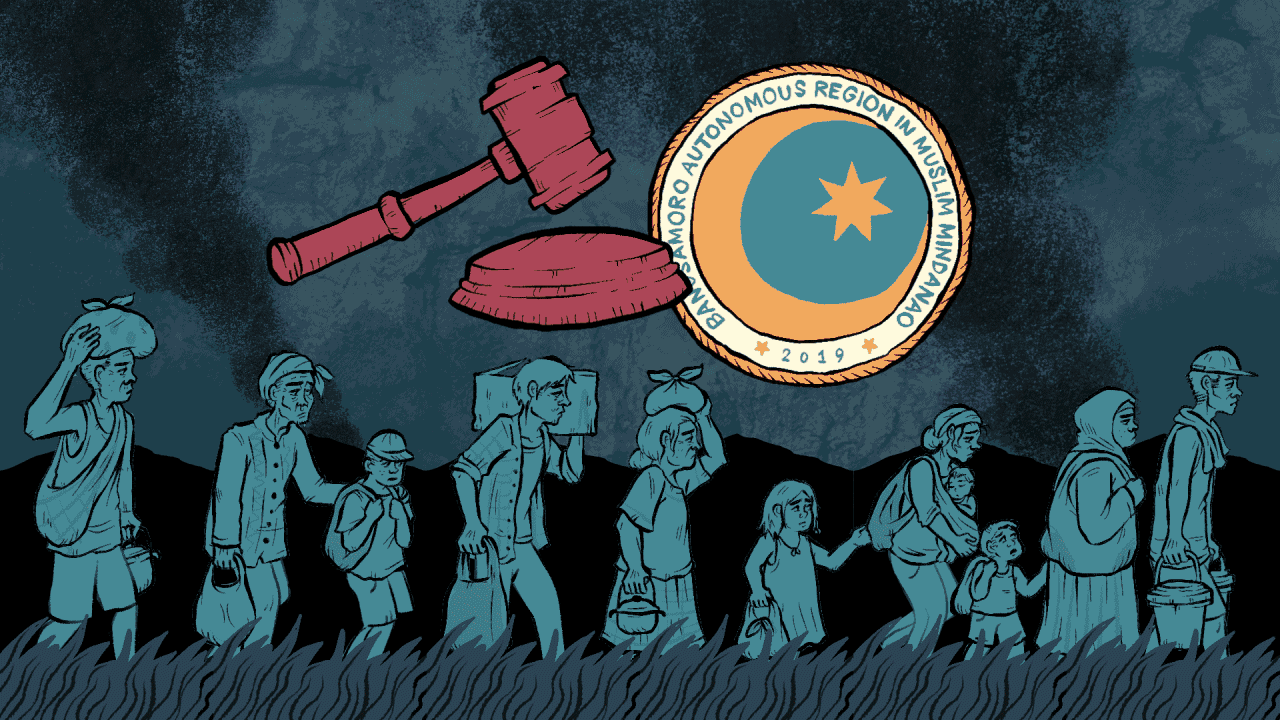
Several community sources and government agencies also stressed that given the bureaucratic derailments and confusion, the most urgent priority should be the approval of an IP Code.
An IP Code will provide mechanisms to address the land issues plaguing indigenous communities in the BARMM. This includes the processing of pending AD claims (such as the TLADC) filed with the NCIP before the creation of the BARMM.
While there are efforts to lobby for the passage of a law that would create an IP Code, to date, there have been no major movements since there are still other bills in the pipeline that are being tackled, said a source from the Bangsamoro Parliament.
If these issues aren’t addressed, they may cause more conflict and tension between groups like the Moros and the NMIP that may disrupt the gains achieved by the peace process, International Alert Philippines warned.
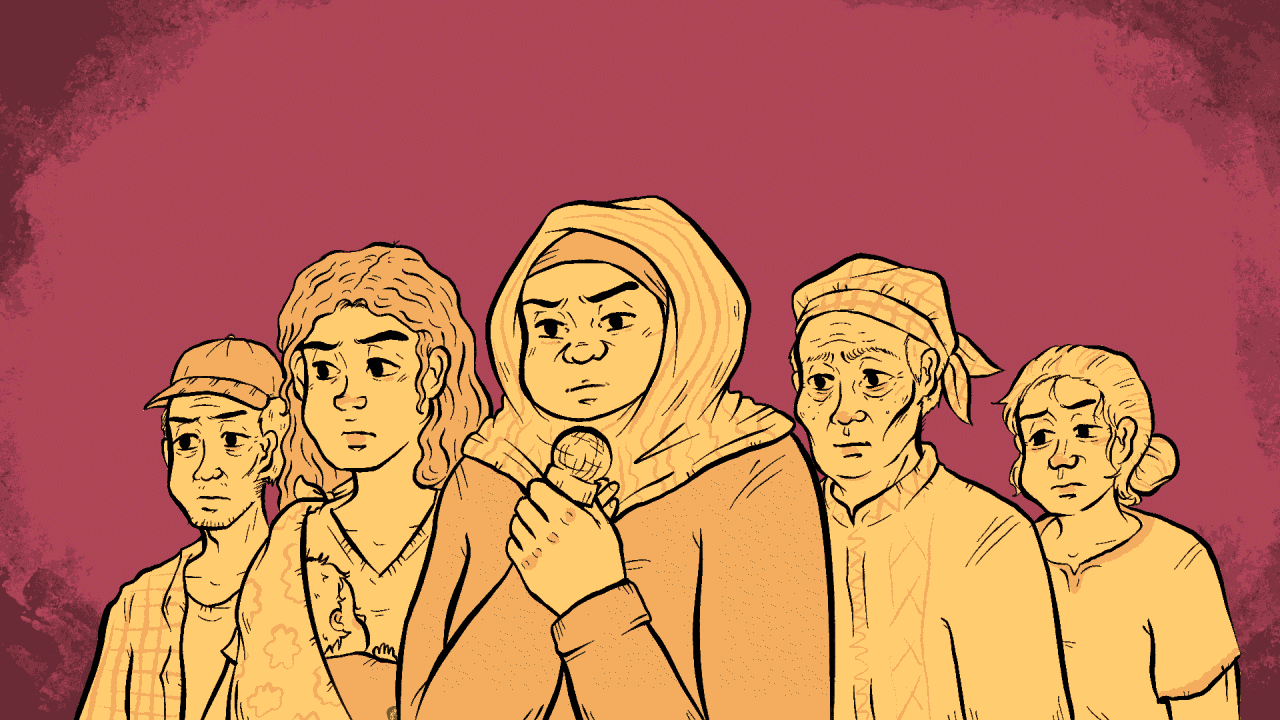
For Tedurays like Pang, however, the decades-long fight for their ancestral lands and its recognition at the regional level has hit a dead end.
“Parang ikinulong kayo sa hawla: ‘Dito lang kayo’t huwag na kayong lalagpas,’” she said. “Pero hangga’t may paraan, hangga’t may espasyo sa national, o kahit sa international, talagang tataya kami. Hindi lang [para] hanggang maikuwento namin; dapat may kaakibat sana ito na response.”
(It’s like we were caged and told, “Don’t go any further and just stay within your boundaries.” But as long as there’s a way, and there are spaces for us to talk at the national and international levels, we will continue to take risks. Not only so we can tell our own stories but also, hopefully, so that it will elicit a response.)
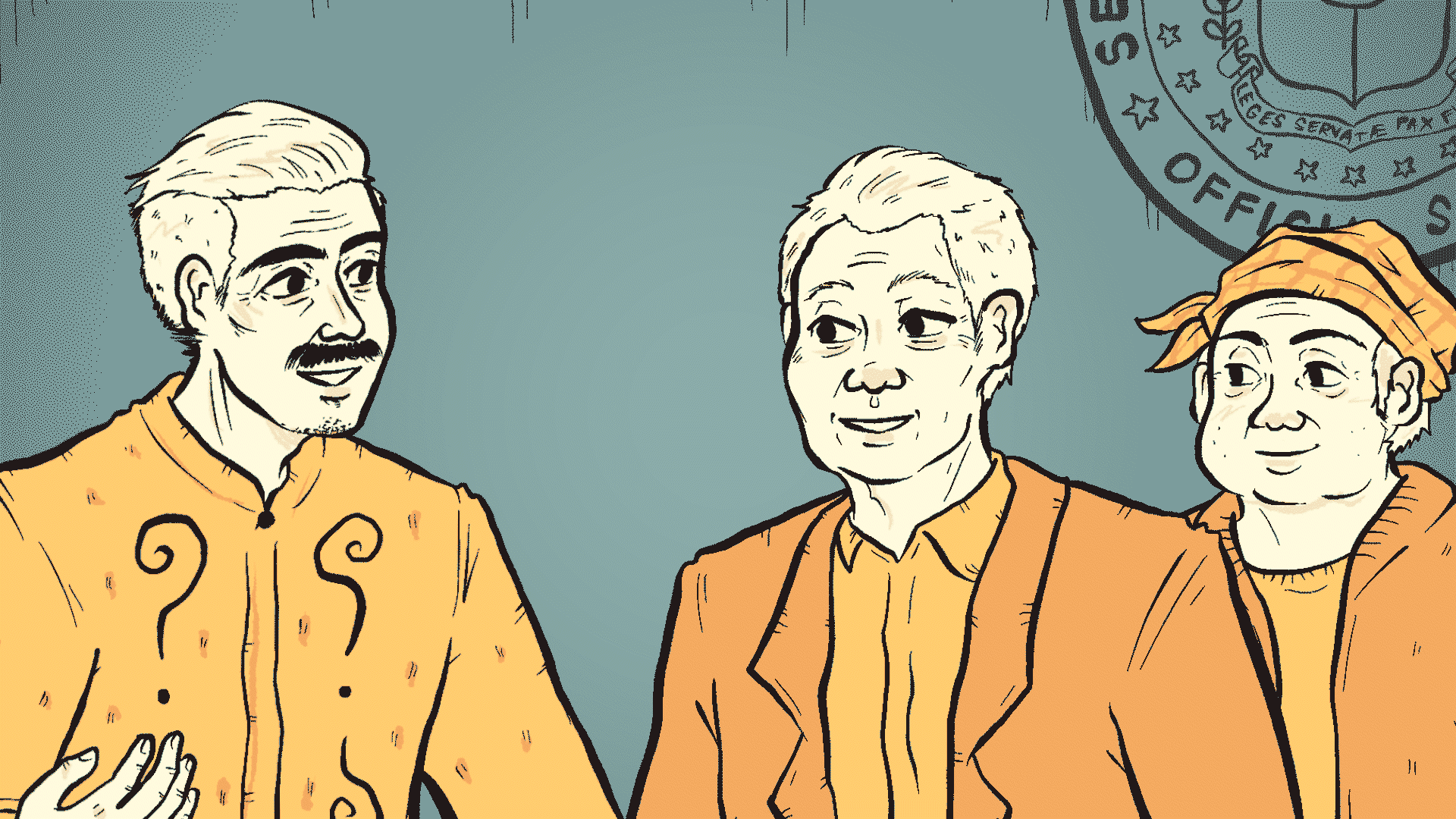
The Tedurays thought they finally had the space to voice out their issues when Padilla called for a Senate inquiry on the October 2022 Kusiong landslides that killed their people.
But since then, Padilla had greeted Datu Lester happy birthday last June through a video titled, “Greetings from good friends of Datu Lester Sinsuat.”
In July 2023, the TJG had a chance encounter with Padilla inside the Senate building. They mentioned the Kusiong ground zero case but were immediately cut short as the senator had visitors coming.
“Sabi niya: ‘Kapit lang. Huwag lang bibitaw,’” some members of the council amusedly recalled. They think that the Senate inquiry definitely hit its dead end, too. (He said: “Just hold on. Don’t give up the fight.”)
In a written response to Rappler, Padilla said that although they were eager to pursue an investigation and had already conducted stakeholder consultations, the Senate probe didn’t push through since no member of the directly affected Teduray tribe wanted to be a resource speaker during the public hearing.
Padilla also denied being good friends with Datu Lester. He said he met with the DOS local officials and BARMM’s ministries of local government at the Senate in December 2022 for a consultation, which focused on the local government’s plans to provide the Teduray community a suitable relocation site.
While the circus of government bureaucracies continues, many Kusiong survivors remain in makeshift shelters a year after the tragedy. They’re left to deal with their own traumas and joblessness as they could not no longer fish near the shorelines after the forced transfer. They have also lost all their belongings and properties to the disaster.
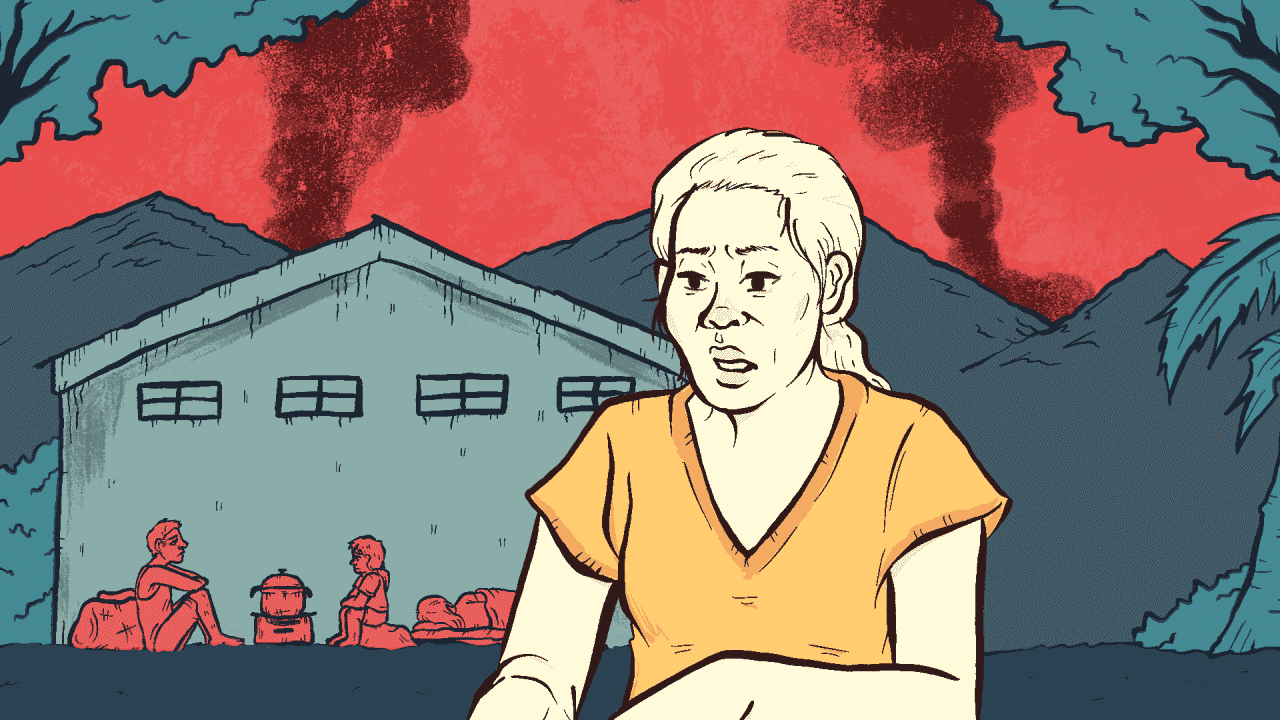
Abi, who has had to endure these ordeals, said that this has been her life as a bakwit (displaced person) growing up in the village. She has never had a permanent address since she was a child.
Abi recalled that every time fighting erupted in her village when she was in first grade, they would hide. “Tinatago kami [ng nanay at tatay namin] sa [elementary] school para hindi kami madamay.” (Our parents would hide us in the elementary school so that we won’t be dragged into the fighting.)
After moving six times in the past three years, she has now left Kusiong – an opportunity not many of her own people can afford – to work and fend for her family’s survival after their many losses.
Abi is not hopeful that anything would change in Kusiong. But like the Tedurays who shared their own stories in these reports, she’s coming out of hiding.
Against all odds and dangers, they’re all longing for the day when the Tedurays will no longer be treated as second-class citizens in their own homelands. – Rappler.com
THE RAPPLER INVESTIGATIVE TEAM
This investigative story was produced by Raizza P. Bello, Laurice Angeles, Chay F. Hofileña, Jee Geronimo, Herbie Gomez, Emil Mercado, DR Castuciano, and Marian Hukom.
*The real names of several sources have been purposely changed and undisclosed for their protection.Do you have additional tips on Kusiong or concerns about instances of abuse, wrongdoing, or corruption in your community? Let us know and let’s chat. E-mail our team at investigative@rappler.com.
1 comment
How does this make you feel?





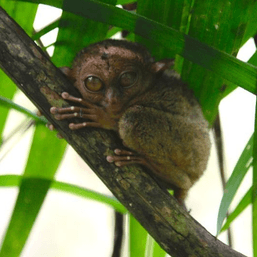


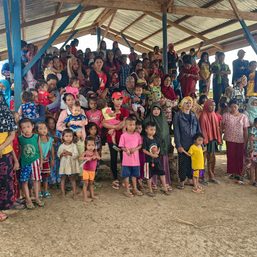




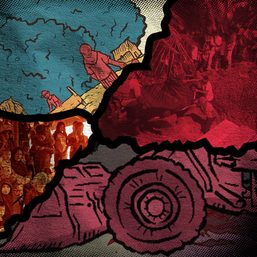













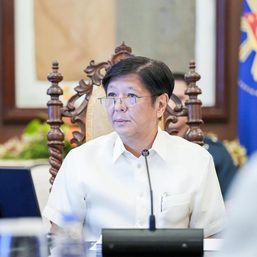
![[WATCH] #TheLeaderIWant: Filipino voters sound off on community issues a year before 2025 elections](https://www.rappler.com/tachyon/2024/05/filipino-voters-sound-off-on-community-issues-1.jpg?resize=257%2C257&crop=276px%2C0px%2C720px%2C720px)



The “circus of government bureaucracies” will continue as this group of minorities is facing a powerful Political Dynasty. The time may come when this area will have its version of the Israel-Hamas conflict.